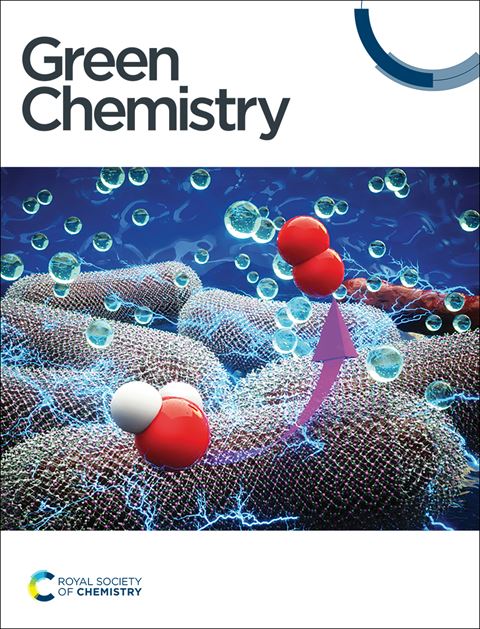消费后聚乙烯废料回收利用的最新进展
IF 9.3
1区 化学
Q1 CHEMISTRY, MULTIDISCIPLINARY
引用次数: 0
摘要
随着对可持续发展目标的日益重视,废旧塑料的回收利用因其在保护环境和节约资源方面的作用而受到广泛关注。聚乙烯(PE)由于其优异的耐化学性,低成本和加工方便,自20世纪50年代以来一直在使用。广泛应用于包装、农业、日用等领域,产量逐年增加。本文综述了近年来PE回收的研究进展,包括机械回收和化学回收。机械回收部分概述了传统的和新兴的机械回收方法,强调了它们的优缺点。化学回收部分分为几个小节,包括热化学解聚、金属催化解聚、新型催化降解(如生物催化、光催化和光/电催化)、大分子转化和碳化。同时,我们根据其运作原理和环境/经济效益,强调了这些回收过程的优缺点。最后,对PE回收的未来发展方向提出了一些见解,重点是通过材料创新、机制研究、系统设计和跨学科合作来平衡工艺的效率和环境影响。本文章由计算机程序翻译,如有差异,请以英文原文为准。
Recent developments in recycling of post-consumer polyethylene waste
With increasing emphasis on sustainable development goals, the recycling of end-of-life waste plastics has gained significant attention because of its role in protecting the environment and conserving resources. Polyethylene (PE) has been in use since the 1950s because of its excellent chemical resistance, low cost and processing convenience. It is widely used in packaging, agriculture, daily products and other fields, and its output has increased yearly. In this review, a comprehensive summary of the recent advances in PE recycling, including mechanical and chemical recycling, is presented. The section on mechanical recycling outlines traditional and emerging mechanical recycling methods, emphasizing their advantages and disadvantages. The section on chemical recycling is categorized into several subsections, including thermochemical depolymerization, metal-catalytic depolymerization, novel-catalytic degradation (such as biological catalysis, photocatalysis, and photo/electrocatalysis), macromolecular transformation, and carbonization. Simultaneously, we highlighted the advantages and disadvantages of these recycling processes based on their operational principles and environmental/economic benefits. Finally, some insights into future directions for recycling PE are offered, focusing on balancing the efficiency and environmental impact of processes through material innovation, mechanism research, system design, and interdisciplinary collaboration.
求助全文
通过发布文献求助,成功后即可免费获取论文全文。
去求助
来源期刊

Green Chemistry
化学-化学综合
CiteScore
16.10
自引率
7.10%
发文量
677
审稿时长
1.4 months
期刊介绍:
Green Chemistry is a journal that provides a unique forum for the publication of innovative research on the development of alternative green and sustainable technologies. The scope of Green Chemistry is based on the definition proposed by Anastas and Warner (Green Chemistry: Theory and Practice, P T Anastas and J C Warner, Oxford University Press, Oxford, 1998), which defines green chemistry as the utilisation of a set of principles that reduces or eliminates the use or generation of hazardous substances in the design, manufacture and application of chemical products. Green Chemistry aims to reduce the environmental impact of the chemical enterprise by developing a technology base that is inherently non-toxic to living things and the environment. The journal welcomes submissions on all aspects of research relating to this endeavor and publishes original and significant cutting-edge research that is likely to be of wide general appeal. For a work to be published, it must present a significant advance in green chemistry, including a comparison with existing methods and a demonstration of advantages over those methods.
 求助内容:
求助内容: 应助结果提醒方式:
应助结果提醒方式:


